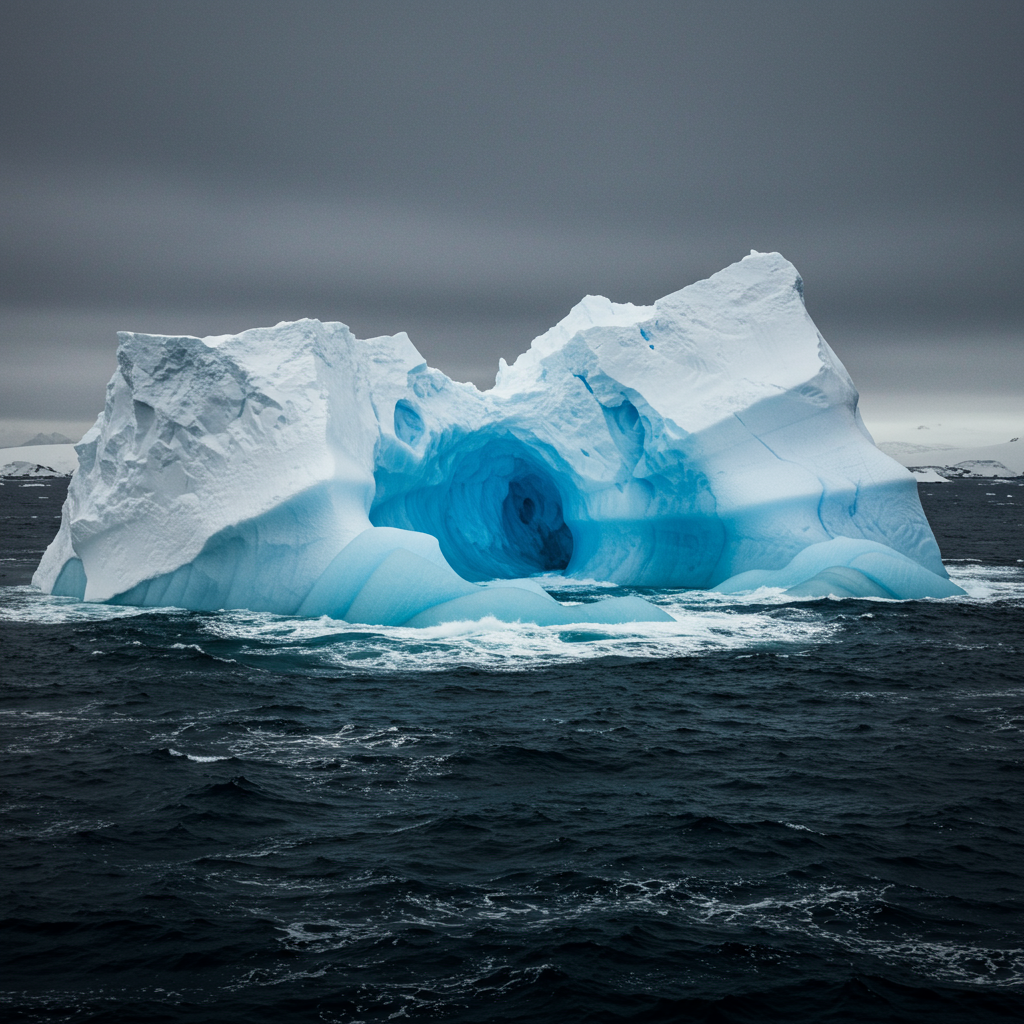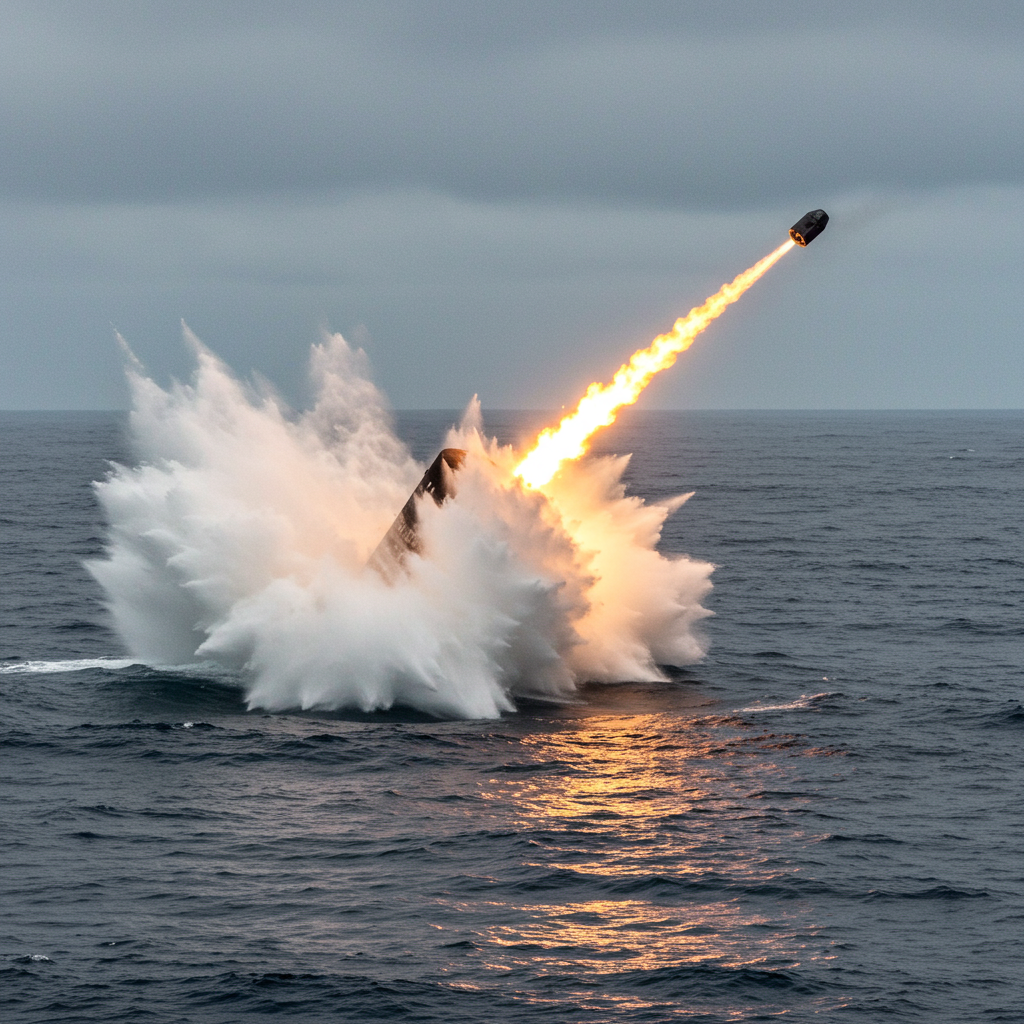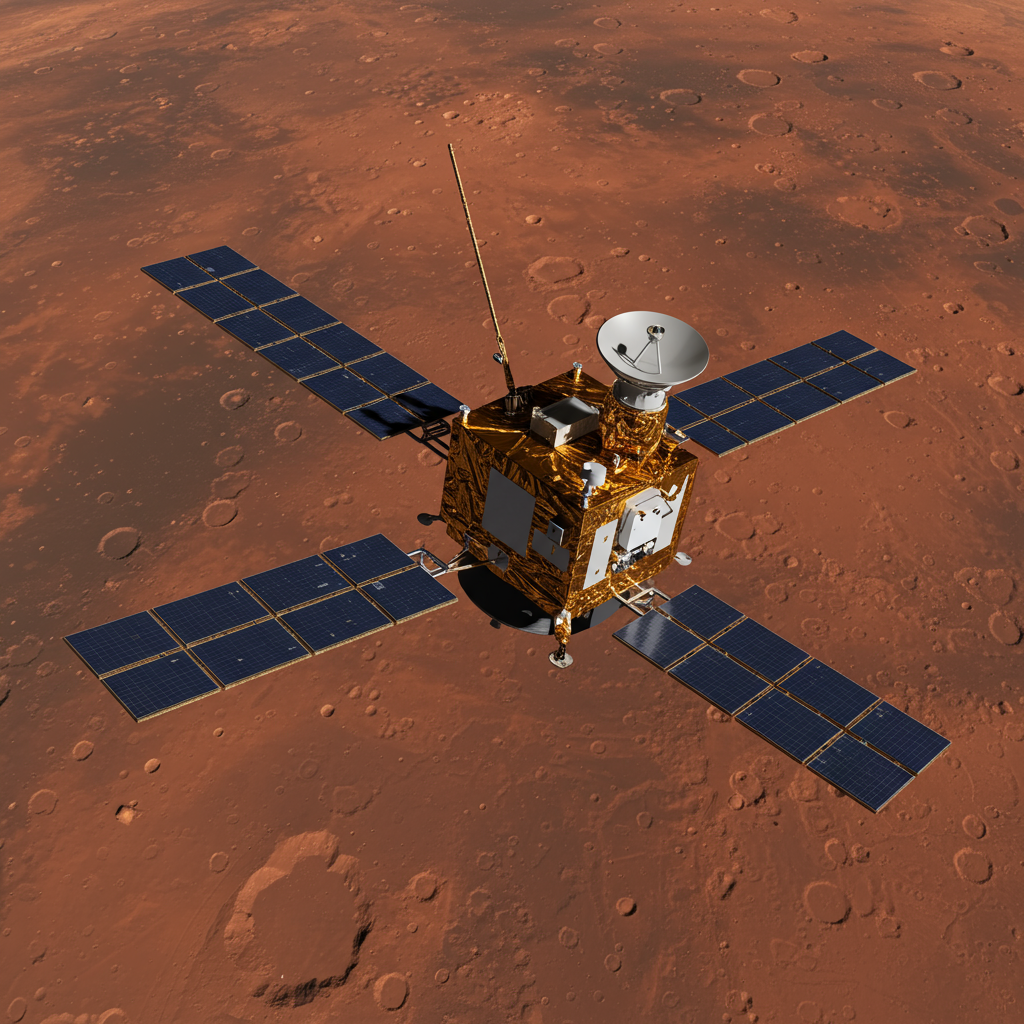Antarctica’s surrounding waters are undergoing a dramatic, unexpected transformation. A groundbreaking new study reveals that increasing salinity in the Southern ocean surface layer is a primary driver behind the rapid, recent decline in antarctic sea ice. This sharp reversal from previous decades marks a critical shift, signalling that we may be entering a “new system” with potentially severe global consequences for climate, sea levels, and marine ecosystems.
For years, while Arctic sea ice dwindled dramatically due to rising global temperatures, Antarctic sea ice defied expectations. It actually showed a slight overall increase into the 2010s, a phenomenon scientists struggled to fully reconcile with climate model predictions. This “Antarctic sea-ice paradox” suggested unique regional factors were at play, potentially involving changes in atmospheric circulation or differing ocean dynamics.
However, since around 2015, the trend has reversed sharply. Antarctic sea ice extent has plummeted to record lows, equivalent to losing an area nearly four times the size of Wales or even the size of Greenland in just under a decade. Scientists needed to understand the underlying cause of this sudden and significant shift.
The Critical Role of Ocean Salinity
The recent study, published in the Proceedings of the National Academy of Sciences, pinpoints a key factor: rising surface salinity in the Southern Ocean. This finding was initially doubted by researchers reviewing satellite data, but physical measurements from robotic ocean instruments confirmed the trend.
Normally, the Southern Ocean features a natural layering, or stratification. Colder, fresher surface water is less dense and sits atop warmer, saltier, denser water found in the deeper ocean layers. This stratification acts like a lid, effectively trapping heat in the deep ocean and keeping the surface waters cool enough for sea ice to form and persist, even during winter.
How Salt Destroys Ice from Below
The new research shows that as the surface waters become saltier, they grow denser. This increased density disrupts the ocean’s stratification. The layers begin to mix more easily.
This mixing allows warmer, saltier water from the deep ocean to move upwards towards the surface. This upward transfer of heat melts the sea ice from below.
The mechanism creates a dangerous feedback loop:
Increased surface salinity weakens stratification.
Warmer deep water rises, bringing heat towards the surface.
This heat melts sea ice from underneath.
Less sea ice means the dark ocean surface is exposed, absorbing more solar energy.
The warmer surface water can potentially draw up even more salt from below, further weakening stratification.
This positive feedback accelerates ice loss, making it increasingly difficult for sea ice to form or survive, even during the cold winter months. A clear sign of this dramatic shift was the return of the Maud Rise polynya in the Weddell Sea in 2016-2017, a massive area of open water within the ice pack that had not been seen since the 1970s. Its re-emergence signals a fundamental change in the ocean conditions supporting sea ice.
Far-Reaching Impacts of Antarctic Ice Loss
The rapid decline in Antarctic sea ice isn’t just a regional issue; it has profound implications for the entire planet.
Accelerating Global Warming
Sea ice plays a crucial role in regulating Earth’s temperature. Its bright, white surface is highly reflective, bouncing sunlight back into space (the albedo effect). The open ocean, in stark contrast, is dark and absorbs significantly more solar radiation. As sea ice melts and is replaced by open water, the ocean absorbs more heat. This increased absorption accelerates the warming of both the ocean and the atmosphere, reinforcing the cycle of climate change.
Threatening Coastal Communities Worldwide
While melting sea ice itself doesn’t directly raise global sea levels (because it’s already floating and displacing its own weight, like ice cubes in a drink), its loss critically impacts the massive land-based ice sheets on the Antarctic continent. Sea ice acts as a protective barrier, reducing wave action and cooling the edges of ice shelves that extend from the continent. Weakened sea ice cover can destabilize these ice shelves. Disintegration of ice shelves then allows the glaciers and ice sheets behind them to flow more quickly into the ocean, adding new mass and directly contributing to global sea level rise. This poses a significant threat to coastal populations and infrastructure around the globe.
Disrupting Global Ocean Circulation
The formation of sea ice also drives vital components of global ocean circulation. As seawater freezes, it expels salt, making the surrounding water colder and saltier. This cold, dense water sinks and forms the Antarctic Bottom Water, a deep current that flows northward, distributing heat and nutrients across the planet. The influx of freshwater from melting sea ice can weaken the formation of this dense water. A slowdown or disruption of the global overturning circulation could alter climate patterns worldwide, potentially leading to unpredictable and extreme weather events in distant regions, including the Northern Hemisphere.
Devastating Antarctic Ecosystems
Antarctic sea ice is the foundation of the polar marine ecosystem. Species like Emperor and Adélie penguins rely on it for breeding grounds and raising their young. Krill, the tiny crustaceans that form the base of the food web for whales, seals, and penguins, feed on algae that grow on the underside of the ice. The rapid loss of sea ice directly threatens the habitats and food sources of these iconic Antarctic animals, potentially cascading through the entire food web.
Challenging Climate Models and Future Predictions
The sudden and unexpected shift in Southern Ocean salinity and subsequent sea ice decline highlights a gap in our current scientific understanding and predictive models. For decades, climate models often projected continued surface freshening and strengthening stratification around Antarctica, suggesting a slower response to warming than observed in the Arctic.
The observed reality — rising surface salinity and rapid ice loss — demonstrates that the Antarctic system is undergoing rapid changes that previous models did not fully capture. Research suggests that accurately simulating complex ocean dynamics, such as mesoscale eddies, may be crucial for models to reliably reproduce observed trends and project future changes. Models with higher resolution that explicitly represent these eddies appear to better match the historical stability and potentially offer more accurate projections of the Southern Ocean’s response to climate change, including how ocean heat transport influences sea ice melt.
This unexpected reversal serves as an early warning signal. It underscores that Antarctica is no longer the stable, predictable continent it was once considered.
Monitoring a Rapidly Changing Environment
Tracking these changes requires sophisticated technology and continuous effort. Scientists utilize satellite imagery, providing nearly 45 years of consistent data on sea ice extent and concentration using microwave sensors that can see through clouds. Underwater robotic floats (like Argo floats) measure temperature and salinity beneath the surface, providing crucial validation for satellite observations. Historical data, including digitized ship logbooks, provides valuable context for understanding long-term natural variability.
However, the challenge remains significant. The signals of change can be subtle, and distinguishing them from natural variability requires advanced algorithms and computational power. The unexpected nature of the recent shift emphasizes the urgent need for continued, robust monitoring and research to update our scientific understanding and improve models. Only with accurate data can we anticipate and adapt to the rapid transformations underway in this critical region.
Frequently Asked Questions
How does saltier water cause Antarctic sea ice to melt faster?
Saltier water is denser than fresher water. When the surface layer of the Southern Ocean becomes saltier, its density increases. This weakens the natural layering (stratification) where less dense, fresh water floats on top of denser, salty water. The breakdown in layering allows warmer, saltier water from the deep ocean to rise more easily towards the surface, bringing heat that melts the sea ice from below.
How do scientists know the Southern Ocean’s surface is getting saltier?
Scientists use a combination of techniques. Satellites equipped with microwave sensors can detect subtle changes in ocean surface properties, including salinity. These satellite observations are verified and complemented by measurements from robotic underwater floats (like Argo floats) that dive deep into the ocean to record temperature and salinity at various depths. Historical data also provides context for understanding these recent changes.
Does melting Antarctic sea ice directly increase global sea level?
No, melting sea ice itself does not directly cause global sea level rise because it is already floating on the water’s surface. However, the loss of sea ice is a significant indirect contributor to sea level rise. Sea ice protects the edges of large land-based ice sheets and ice shelves on Antarctica. When sea ice disappears, these shelves and sheets are more exposed and can break up and melt faster, releasing vast amounts of land-based ice into the ocean, which does* raise sea levels.
Conclusion
The evidence is clear: increasing surface salinity in the Southern Ocean is driving unprecedented and rapid losses of Antarctic sea ice. This shift is reversing decades of relative stability or even slight growth and signals a new, less predictable state for a critical part of our planet’s climate system. The weakening of ocean stratification and subsequent melting from below represent a dangerous feedback loop with global ramifications, from accelerating warming via the albedo effect to threatening coastal communities through sea level rise and disrupting global ocean currents. Understanding and monitoring this unexpected transformation is more urgent than ever, requiring updated scientific models and sustained observation efforts to navigate the challenges of a rapidly changing climate.




